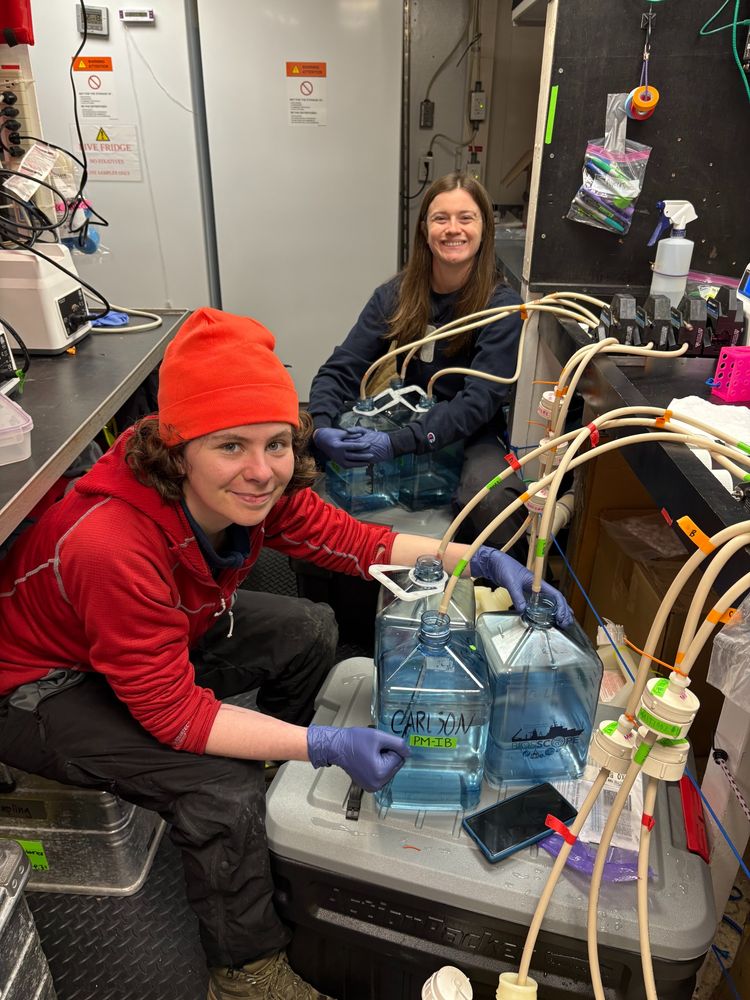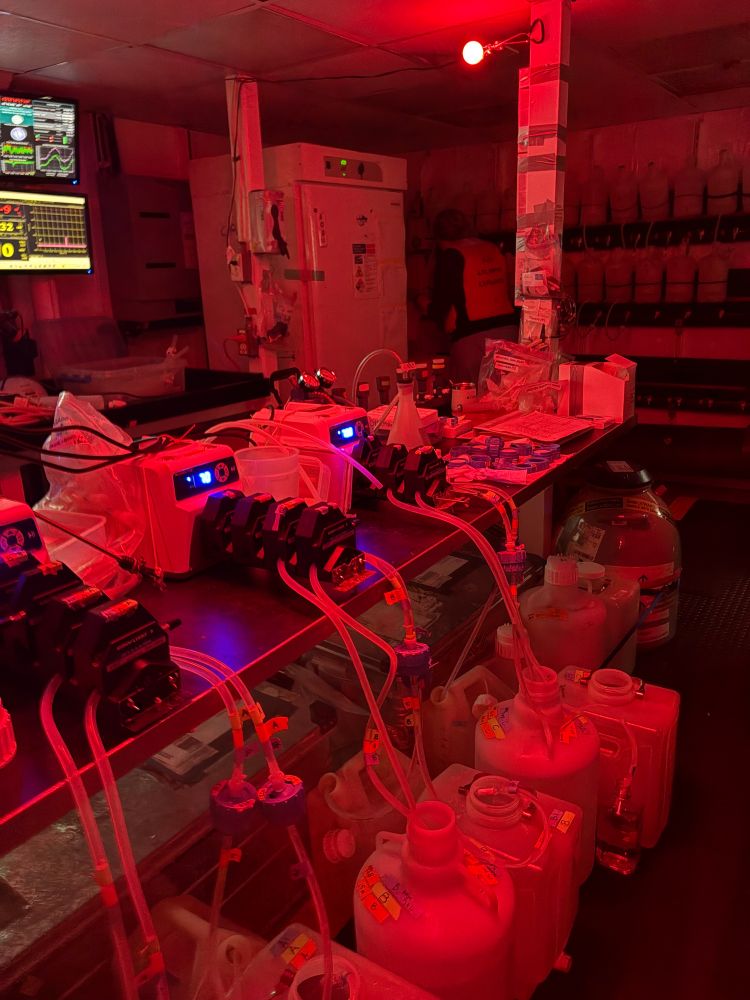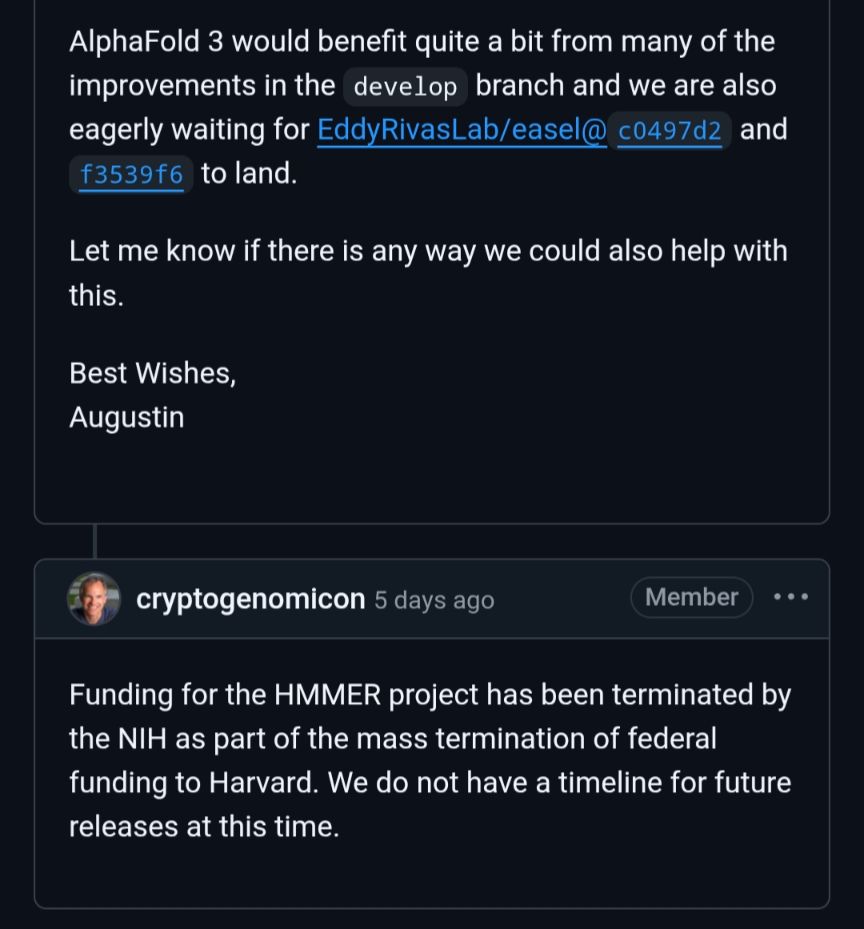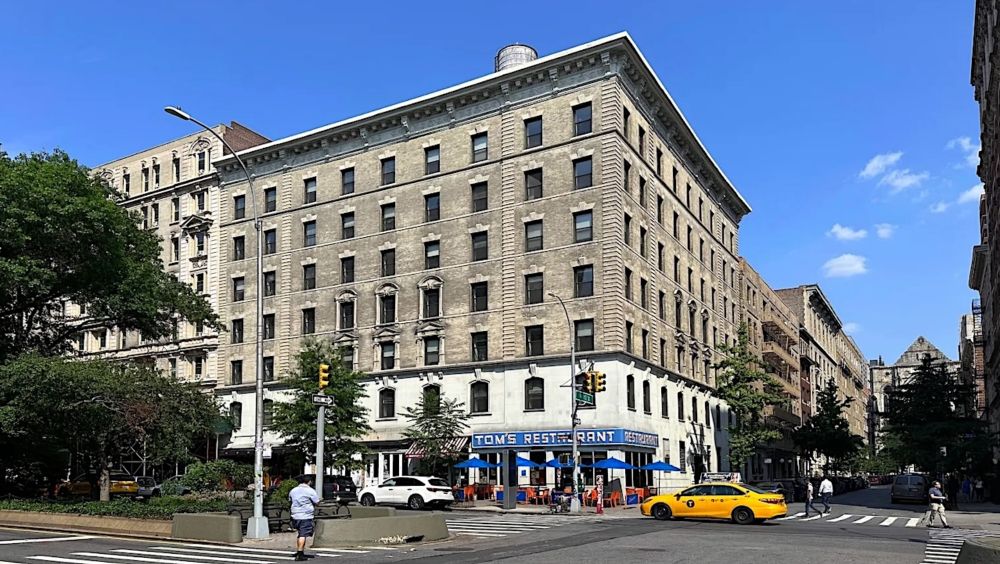Erin Maybach
@erinmaybach.bsky.social
77 followers
80 following
14 posts
PhD candidate at Columbia University exploring the chemical and microbial world through ‘omics!
Posts
Media
Videos
Starter Packs
Reposted by Erin Maybach
Reposted by Erin Maybach
Erin Maybach
@erinmaybach.bsky.social
· Jun 2
Reposted by Erin Maybach
Reposted by Erin Maybach
Sean Eddy
@cryptogenomicon.bsky.social
· May 22
Reposted by Erin Maybach
Erin Maybach
@erinmaybach.bsky.social
· Apr 23
Reposted by Erin Maybach
Erin Maybach
@erinmaybach.bsky.social
· Apr 11
Erin Maybach
@erinmaybach.bsky.social
· Apr 11
Erin Maybach
@erinmaybach.bsky.social
· Apr 11
Erin Maybach
@erinmaybach.bsky.social
· Apr 11
Erin Maybach
@erinmaybach.bsky.social
· Apr 11
Erin Maybach
@erinmaybach.bsky.social
· Apr 11
Erin Maybach
@erinmaybach.bsky.social
· Apr 11
Erin Maybach
@erinmaybach.bsky.social
· Apr 11
Erin Maybach
@erinmaybach.bsky.social
· Apr 11
Reposted by Erin Maybach
Reposted by Erin Maybach
Reposted by Erin Maybach
Reposted by Erin Maybach
Reposted by Erin Maybach



















